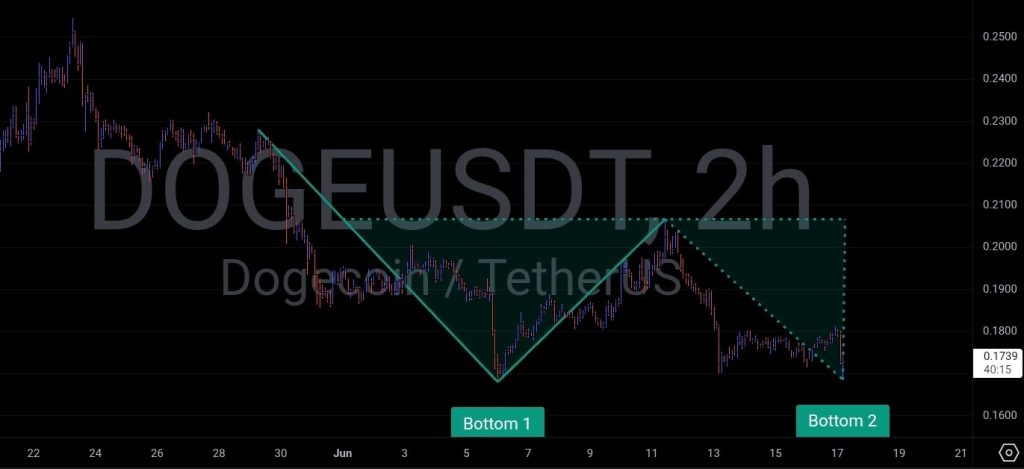Unlock the US Election Countdown newsletter for free
The stories that matter on money and politics in the race for the White House
President Volodymyr Zelenskyy has renewed pleas for Kyiv’s western allies to lift restrictions on his forces’ use of weapons against military targets in Russia, as Moscow unleashed a second night of devastating air strikes on Ukraine.
Zelenskyy’s appeal and the Russian air strikes come as Kyiv and Moscow battle to gain the upper hand ahead of potential negotiations that the warring sides have insinuated could happen before the end of the year.
Ukrainian forces have turned the tables on Moscow with their audacious invasion of the Kursk region — the first time a foreign army has penetrated Russia’s border and occupied territory since the second world war.
But Russian troops have continued their steady advance in Ukraine’s eastern Donetsk region by exploiting Kyiv’s manpower and weaponry shortages, battlefield blunders and thin lines of defence. They are now within 10km of the key logistical hub of Pokrovsk and threatening Kyiv’s grip on the rest of the region.
Zelenskyy said Ukraine used its new US-built F-16 fighter jets to defend against the Russian missile and drone strikes over the past two days. “We shot down some missiles with the help of F-16s,” he said at a press conference in Kyiv on Tuesday.
But he has argued that to gain the upper hand and be able to dictate the terms of a just end to Russia’s war, Ukraine needs to strike deep behind enemy lines, where it can weaken Moscow’s military capabilities.
Kyiv is heavily reliant on its western allies for arms and ammunition, particularly those capable of hitting long-range targets. But those partners have been hesitant to deliver such powerful weapons or to allow Kyiv to use those it has provided inside Russia.
In recent weeks it has provided information to Washington about specific targets that it would like to strike using US Atacms missiles, as well as British Storm Shadow and French Scalp missiles, according to a senior Ukrainian official. The targets include airfields, ammunition depots, fuel storage and command and control centres.
Allowing the attacks, said the Ukrainian official, would mean that Ukraine could counter Russia’s aerial assaults before they begin and force its enemy to move its forces further from the border.
The Biden administration has argued that using the weapons inside Russia would make little strategic difference, a claim strongly disputed by Zelenskyy.
“This is the optimal counterterrorism tactic,” he said on Monday. “There should be no restrictions on the range of weapons for Ukraine . . . while Russia uses all kinds of its own weapons, as well as [Iranian-made attack] drones and ballistic missiles from North Korea.
“The US, UK, France and other partners have the power to help us stop terror. We need decisions.”
Ukraine’s invasion of the Kursk region, he added, was Kyiv’s way of compensating for a deficit of long-range capabilities.
US National Security Council spokesperson John Kirby told reporters in Washington on Monday that there had been “no changes” to US policy with respect to the weapons restrictions.
“This is not a new desire by President Zelenskyy,” he said. “We’ll keep the conversations with the Ukrainians going, but we’re going to keep them private.”
The air strikes that hammered Ukraine for a second day late on Monday and into Tuesday mainly targeted critical infrastructure. While five cruise missiles and 60 attack drones were shot down, at least one of the 91 missiles and drones destroyed a hotel used by foreign journalists and humanitarian workers in Zelenskyy’s southern hometown of Kryvyi Rih. At least four people were killed and 16 more injured in the latest attacks, according to Zelenskyy.
That strike followed a similar attack on a hotel in the eastern city of Kramatorsk on Friday night, which killed a British security adviser working for Reuters.
Russia’s assault on Monday was one of the largest conducted during its full-scale invasion, with more than 200 cruise and ballistic missiles and drones targeting critical infrastructure and residential areas across 15 regions, according to Ukraine’s air force. At least five people were killed and dozens more wounded in what US President Joe Biden called an “outrageous attack”.
Biden said he had “reprioritised US air defence exports so they are sent to Ukraine first”. And he added: “The US also is surging energy equipment . . . to repair its systems and strengthen the resilience of Ukraine’s energy grid.”
Rolling blackouts were imposed on Monday after the latest barrage.
“Each of these strikes brings us back to the task of long-range capabilities — the need to provide our defence forces with enough long-range weapons that can destroy terrorists exactly in the areas of their strikes,” Zelenskyy said.
Credit: Source link











